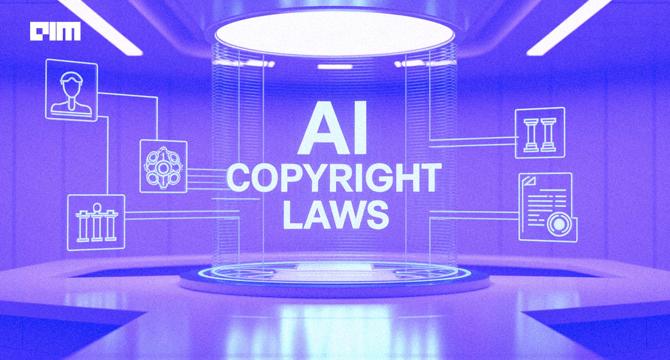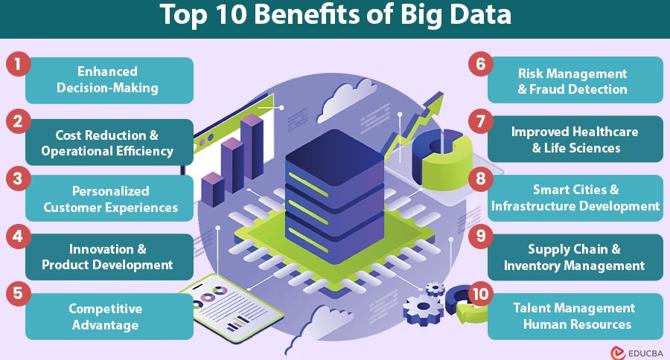Neural Networks News
No articles available for Neural Networks News.
Related reads
VentureBeat
208

Image Credit: VentureBeat
Dust hits $6M ARR helping enterprises build AI agents that actually do stuff instead of just talking
- Dust, an AI platform, grows annual revenue to $6 million.
- Shift in enterprise AI adoption from chatbots to advanced systems.
- Dust's AI agents automate business tasks like updating CRM records and creating GitHub issues.
- Utilizes Model Context Protocol for secure data access and specialized orchestration.
- Represents trend of AI-native startups leveraging advanced AI capabilities for practical implementation.
Read Full Article
12 Likes
Analyticsindiamag
187

Image Credit: Analyticsindiamag
Generative AI Needs Its iTunes Moment for AI Copyright
- The ongoing debate regarding copyright enforcement and AI technologies has highlighted the need for specific regulations to address how AI uses copyrighted content.
- Rishi Agarwal, from TeamLease Regtech, suggests that generative AI should adopt a model similar to how the music industry monetized digital music through platforms like iTunes.
- He proposes a system where publishers can register their content with AI platforms, triggering microtransactions when the content is referenced by AI models, thereby compensating creators for their work.
- Agarwal emphasizes the importance of implementing fair monetization models to ensure all stakeholders receive a fair share of the revenue generated through AI-generated content.
Read Full Article
11 Likes
Analyticsindiamag
1.1k

Image Credit: Analyticsindiamag
Indian IT Set for Tepid Q1 as Global Risks Mount
- Indian IT faces challenges as AI reshapes the industry, impacting growth and predictability.
- Q1 FY26 expected to see muted growth due to global risks and US economic slowdown.
- Top IT firms project slower growth, with Tier-2 firms likely to outperform. Limited valuations expected.
Read Full Article
8 Likes
Educba
1.7k

Image Credit: Educba
Benefits of Big Data
- Big Data empowers organizations with smarter decisions, enhanced efficiency, and competitive edge.
- It enables cost reduction, personalized customer experiences, innovation, and competitive advantage.
- Big Data transforms healthcare, smart cities, supply chain management, HR practices, and more.
- The future of Big Data includes real-time analytics growth, automated pipelines, and ethical data use.
Read Full Article
19 Likes
Analyticsindiamag
347

Image Credit: Analyticsindiamag
Zoho Opens First AI & Robotics R&D Centre in Kerala, Brings Tech Jobs to Rural Kollam
- Zoho Corporation launches its first AI and robotics research and development centre in the rural village of Neduvathoor near Kerala's Kollam district.
- The new centre, located in a 3.5-acre IT park, currently employs 250 workers with plans for further expansion, emphasizing Zoho's goal of creating high-tech jobs in rural areas.
- Zoho has recruited 40 graduates from the region for training in AI, machine learning, robotics, and engineering to promote local talent development.
- The aim of the centre is to boost rural development by bringing advanced technology work to areas that are not traditionally part of India's IT growth, potentially inspiring similar initiatives by other companies.
Read Full Article
20 Likes
Analyticsindiamag
123

Image Credit: Analyticsindiamag
How This GCC Powers EV Innovation Through Virtual Twins
- India's electric vehicle (EV) sector is projecting significant expansion in 2025, with domestic automakers launching new models, mainly in the premium segment.
- Despite a global slowdown in EV demand, India's EV sales have risen by 20%, with ambitious targets set by the government for 2030 to increase EV market share in various vehicle categories.
- Dassault Systèmes in India is leveraging virtual twin technology and AI-driven simulations to refine vehicle performance, advance autonomous driving, and simulate real-world scenarios for more efficient transportation.
- The 3DEXPERIENCE Lab in India supports startups and entrepreneurs in developing transformative solutions in healthcare, cleantech, and mobility by providing access to advanced simulation, design, and collaboration capabilities.
Read Full Article
7 Likes
Analyticsindiamag
141

Image Credit: Analyticsindiamag
How This Company Powers EV Innovation Through Virtual Twins
- India is focusing on electric, autonomous, and connected vehicles as part of its net-zero carbon target by 2070.
- India's EV sector is expected to expand significantly by 2025, with new models being launched and ambitious targets set for EV adoption by 2030.
- Dassault Systèmes is using virtual twin technology and AI-driven simulations to enhance vehicle performance, autonomous driving, and traffic management.
- The company's 3DEXPERIENCE platform is aiding in the development of EV products, encouraging indigenous innovation and cross-industry collaboration.
Read Full Article
8 Likes
VentureBeat
216

Image Credit: VentureBeat
HOLY SMOKES! A new, 200% faster DeepSeek R1-0528 variant appears from German lab TNG Technology Consulting GmbH
- A German lab TNG Technology Consulting GmbH introduced DeepSeek-TNG R1T2 Chimera.
- The model delivers fast inference with shorter responses and reduced compute costs.
- R1T2 integrates three parent models, maintaining high reasoning while reducing inference cost.
- Built on Assembly-of-Experts method, R1T2 inherits strength from various pre-trained models.
Read Full Article
12 Likes
Analyticsindiamag
6.8k

Image Credit: Analyticsindiamag
Accenture Dares to Reinvent, But Will the Gamble Pay Off?
- Accenture to integrate core services into Reinvention Services under CEO Manish Sharma.
- Aims to strengthen position as AI leader, providing seamless client experiences worldwide.
- Experts view move as bold, but emphasize challenges in cultural, integration changes.
- Success hinges on internal transformation, accountability, and innovation in AI era.
Read Full Article
21 Likes
Analyticsindiamag
68
Image Credit: Analyticsindiamag
Bengaluru Startup Secures $4.15 Million, Targets Faster Analogue IC Design
- Maieutic Semiconductor, a Bengaluru-based startup, raises $4.15 million in seed funding to enhance its AI-driven platform for analogue semiconductor design.
- The funding will be used to expand the engineering team, reduce chip design cycles, and speed up time-to-market for analogue integrated circuit (IC) development.
- The startup, founded by experienced professionals, focuses on automating early-stage chip design using generative AI to revolutionize analogue workflows.
- Maieutic's innovative approach aims to make analogue semiconductor design faster, more intelligent, and globally competitive, aligning with India's semiconductor industry growth.
Read Full Article
4 Likes
For uninterrupted reading, download the app